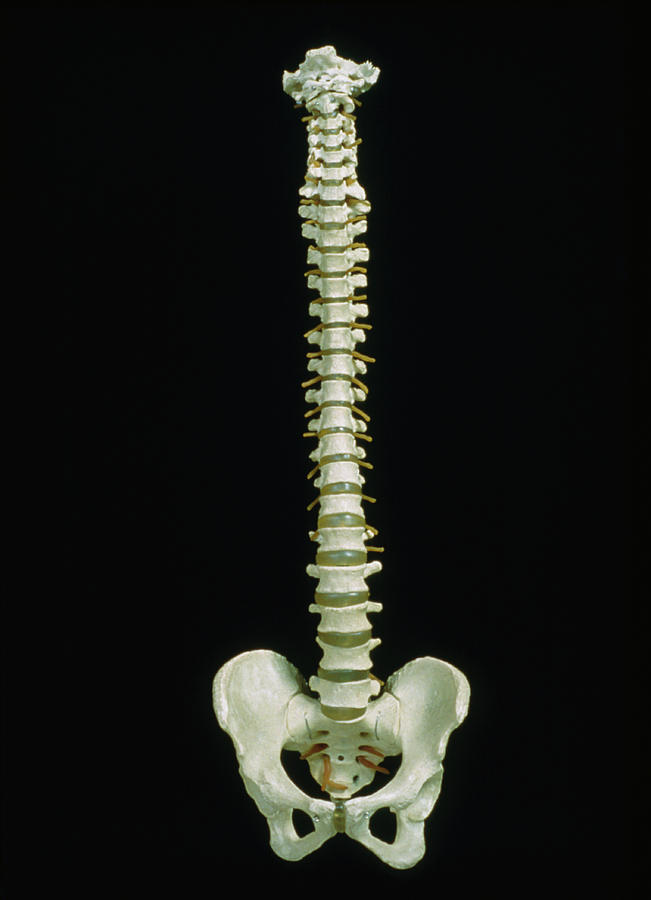

To help you recover from a fracture, you can try using:

If you're diagnosed with osteoporosis, there are steps you can take to reduce your chances of a fall, such as removing hazards from your home and having regular sight tests and hearing tests.
making lifestyle changes – such as giving up smoking and reducing your alcohol consumption. taking a daily supplement containing 10 micrograms of vitamin D. healthy eating – including foods rich in calcium and vitamin D. taking regular exercise to keep your bones as strong as possible. If you're at risk of developing osteoporosis, you should take steps to help keep your bones healthy. Read more about how osteoporosis is treated. If you need treatment, your doctor can suggest the safest and most effective treatment plan for you. This will be based on a number of factors such as your age, sex and the results of your bone density scan. The decision about whether you need treatment depends on your risk of breaking a bone in the future. Treatment for osteoporosis is based on treating and preventing broken bones, and taking medicine to strengthen your bones. below -2.5 shows bone loss and is defined as osteoporosis. between -1 and -2.5 SD shows bone loss and is defined as osteopenia. Standard deviation is a measure of variability based on an average or expected value. The difference is calculated as a standard deviation (SD) and is called a T score. Your bone density can be compared to that of a healthy young adult. It's a short, painless procedure that takes 10 to 20 minutes, depending on the part of the body being scanned. They may also refer you for a bone density scan to measure your bone strength. If your doctor suspects you have osteoporosis, they can work out your future risk of breaking a bone using an online programme, such as FRAX or Q-Fracture.įind out more about Frax, the online tool developed by Sheffield University Bone density scan (DEXA scan) Read more about the causes of osteoporosis. having or having had an eating disorder such as anorexia or bulimia. long-term use of certain medicines that can affect bone strength or hormone levels, such as anti-oestrogen tablets that many women take after breast cancer. a family history of osteoporosis – particularly a hip fracture in a parent. other medical conditions – such as inflammatory conditions, hormone-related conditions, or malabsorption problems. taking high-dose steroid tablets for more than 3 months. Many other factors can also increase the risk of developing osteoporosis, including: However, osteoporosis can also affect men, younger women and children. Women are more at risk of osteoporosis than men, particularly if the menopause begins early (before the age of 45) or they've had their ovaries removed. Women also lose bone rapidly in the first few years after the menopause. 
This can lead to osteoporosis and an increased risk of broken bones. Losing bone is a normal part of ageing, but some people lose bone much faster than normal. Your doctor may also prescribe one of the bone-strengthening treatments that are given to people with osteoporosis, depending on how weak your bones are and your risk of breaking a bone. If you have osteopenia, there are steps you can take to keep your bones healthy and reduce your risk of developing osteoporosis. Osteopenia does not always lead to osteoporosis. This is when a bone density scan shows you have lower bone density than the average for your age, but not low enough to be classed as osteoporosis. The stage before osteoporosis is called osteopenia. Bone loss before osteoporosis (osteopenia) Osteoporosis can be treated with bone strengthening medicines. It happens when the bones in the spine have broken, making it difficult to support the weight of the body. Osteoporosis is not usually painful until a bone is broken, but broken bones in the spine are a common cause of long-term pain.Īlthough a broken bone is often the first sign of osteoporosis, some older people develop the characteristic stooped (bent forward) posture. However, breaks can also happen in other bones, such as in the arm or pelvis. Sometimes a cough or sneeze can cause a broken rib or the partial collapse of one of the bones of the spine. The most common injuries in people with osteoporosis are: Osteoporosis is a health condition that weakens bones, making them fragile and more likely to break. It develops slowly over several years and is often only diagnosed when a fall or sudden impact causes a bone to break (fracture).







 0 kommentar(er)
0 kommentar(er)
